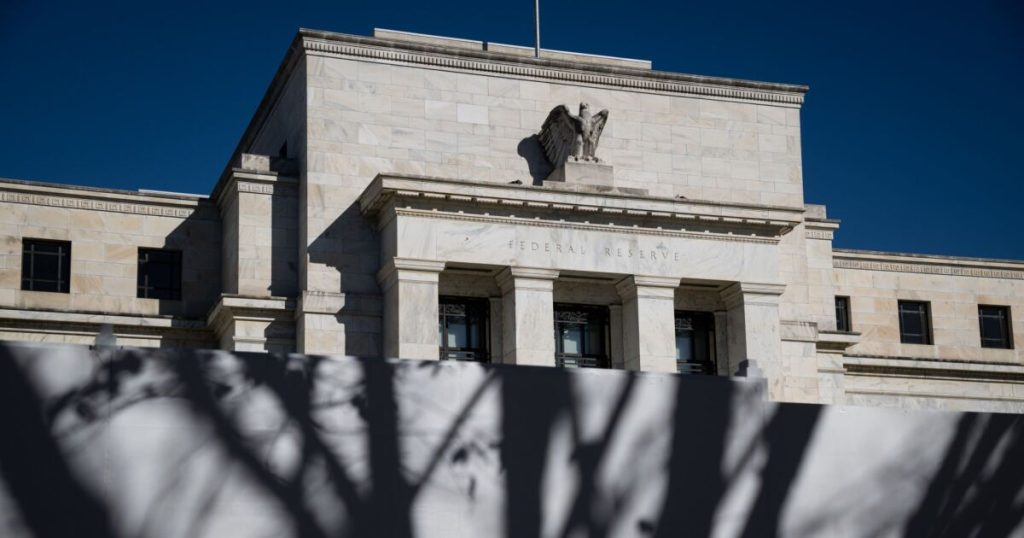Graeme Sloan/Bloomberg
In a time of rapid technological development, financial regulators face a dual challenge: maintaining the safety and soundness of the financial system while enabling the innovation necessary to serve a changing economy and evolving consumer demands. As technology
Recent remarks from federal agency officials have acknowledged this imperative. Acting Comptroller of the Currency Rodney Hood has
Good rhetoric alone, however, will not shape the future. The agencies’ third-party risk management guidelines currently cover a wide range of relationships, which has led to banks and their potential fintech partners facing a fragmented regulatory landscape. Agencies may issue separate statements, use different terminology and apply varying standards, even when addressing similar risks. At the same time, many states continue down their own, bespoke paths.
This lack of alignment discourages innovation by increasing compliance burdens and legal uncertainty. To ensure lasting, structural change, regulators must build an environment that recognizes the need for innovation; one that fosters trust between banks and their examiners, supports bank-fintech partnerships, and empowers institutions to adopt emerging technologies safely and effectively.
Regulation is difficult to get right. The financial system depends on regulators, but only receives attention when things break. As a result, too often, supervision focuses on identifying risks without offering constructive pathways forward. Examiners should be encouraged to view innovation not just as a risk vector, but also to evaluate its potential benefits. Training programs should equip examiners with the knowledge and confidence to recognize sound innovation practices. Otherwise, we will remain stuck in a cycle where examiners naturally gravitate to what is familiar.
Innovation is not always a threat to safety and soundness. Failing to adopt new technologies can be a risk in itself. In the U.K., the Financial Conduct Authority, or FCA, has repeatedly warned that outdated IT systems can jeopardize consumer protection and market integrity — lessons underscored by high-profile tech outages like t
The FCA realized that by holding still, they would in fact be
This proactive stance offers a compelling model for rethinking how regulators operate. To understand the technologies reshaping the financial system, prudential regulators must be willing to look inward to modernize their own operations. This includes deploying regtech tools to better analyze market trends, detect emerging risks and oversee a rapidly evolving set of financial relationships. Agencies that build in-house innovation capacity will be better positioned to assess novel business models and identify the difference between reckless experimentation and meaningful progress.
Some steps in this direction have already been taken. The OCC created an office of innovation in 2016, paving the way for the Consumer Financial Protection Bureau, FDIC and the Federal Reserve to follow. These efforts are promising, but they remain siloed and under-resourced.
More must be done to ensure that innovation becomes embedded in day-to-day operations and supervisory practices of these agencies. Efforts must be institutionalized across the full spectrum of prudential oversight. That means investing in examiner training, modernizing regulatory tooling, and migrating (or finishing migrating) to cloud computing to redesign their full tech infrastructure. It also means creating safe and trust-based environments that allow banks and their partners to test new ideas without fear of disproportionate penalty. Some
Congress has responsibility here, as well, to direct the regulatory agencies to work together and prevent dramatic shifts between administrations so that businesses can operate in a predictable landscape. At a high level, Congress can encourage regulators through statements, letters and questioning during hearings.
Though most agencies have created offices of innovation on their own, it is arguable that they did so in response to congressional action and encouragement. To avoid significant changes between administrations, Congress could reexamine legislation that requires each agency to have an office of innovation and define the purposes and functions of the office. This would ensure Congress can continue to play a meaningful and active role in each agency, ideally creating a more predictable environment and additional recourse for information seeking. Congress could consider putting directives to the agencies in statute, that innovation should be at the core of what the regulators are looking for, while maintaining safety and soundness.
To be clear, the goal is not to relax oversight or take uncalculated risks. Rather, it is to enable regulators and the institutions they oversee to adapt to a shifting landscape and even lead some of the change. Innovation will happen regardless of regulatory posture. Consumers and businesses, both here in the U.S. and globally, are demanding it. The question is whether the regulatory community will shape that innovation to serve the public good or allow outdated processes to create unnecessary friction and stagnation, and whether such innovation supports regulated banking or condemns it.
Responsible innovation is critical for ensuring the long-term competitiveness, inclusivity and resilience of the American financial system. Prudential regulators must be empowered and expected to support it. The future of economic growth and competitiveness depends on it.

